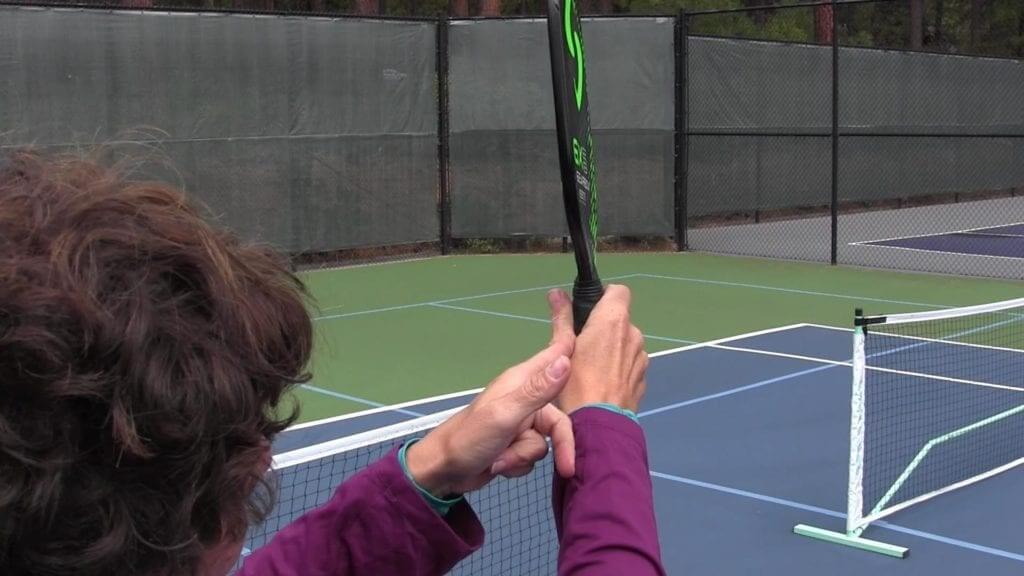by Jenny Foster
Grip is an important determining the success of any pickleball shot. And among the various grips that pickleball players may use in a match, one grip stands out as the most commonly used one: the continental grip. Notably, this grip is the most used givens its applicability to a wide range of shots.
The continent grip can be considered a universal grip that can be used by pickleball players from all levels. As mentioned, the continental grip can be used to perform various kinds of shots in pickleball. For example, this grip is notably used by many in making standard dink shots, regardless of whether the ball is taken out of the air, hit after bouncing off the ground, or hit with a forehand or backhand.
The continental grip also applies well to volleys, whether a forehand or backhand volley. The importance of continental grip appears with the eventual acceleration of the ball, given that the paddle must be firm when hitting the ball.

Pickleball players normally find themselves engaging in rallies during matches. For a steady exchange of ball, the continental grip is an instrumental tool to achieve such goal. Specifically, the backhand slice dinking is continental-grip shot that can be used in rallies. This involves slicing the pickleball in a diagonal direction with an underspin. The continental grip is also recommended for forehand slice dinking, which is normally executed in the even side of the court. Notably, with a proper continental grip, the forehand slice dinking can be used to hit the ball with an underspin even after letting the ball bounce.
Considering the baseline, the continental grip is also applicable when making 3rd shot drops, regardless of using the forehand or backhand. In addition, when a player moves toward the non-volley zone line, they can use the continental grip when performing transition or even reset shots.
Next, the continental grip is also commonly used when serving, such as in the flat forehand serve, or when returning shots, such as the forehand slice return. Even in the backhand slice return, the continental grip ensures the stability of the paddle when hitting the pickleball.
Lastly, the continental grip enables proper pronation when hitting an overhead. This grip also allows the player to achieve maximum power when smashing the ball.
